Reclaimed wood walls have a way of transforming any space into something warm, textured, and undeniably unique. Using wood salvaged from old barns, factories, or even shipping crates, these walls carry a story and character that new materials simply can’t replicate. Whether you’re aiming for rustic charm, modern elegance, or an eclectic vibe, there’s a reclaimed wood design to match your vision. From bold patterns to subtle textures, each idea brings personality and sustainability together, making your walls not just functional but a true centerpiece of your home.
1. Rustic Barnwood Accent Wall
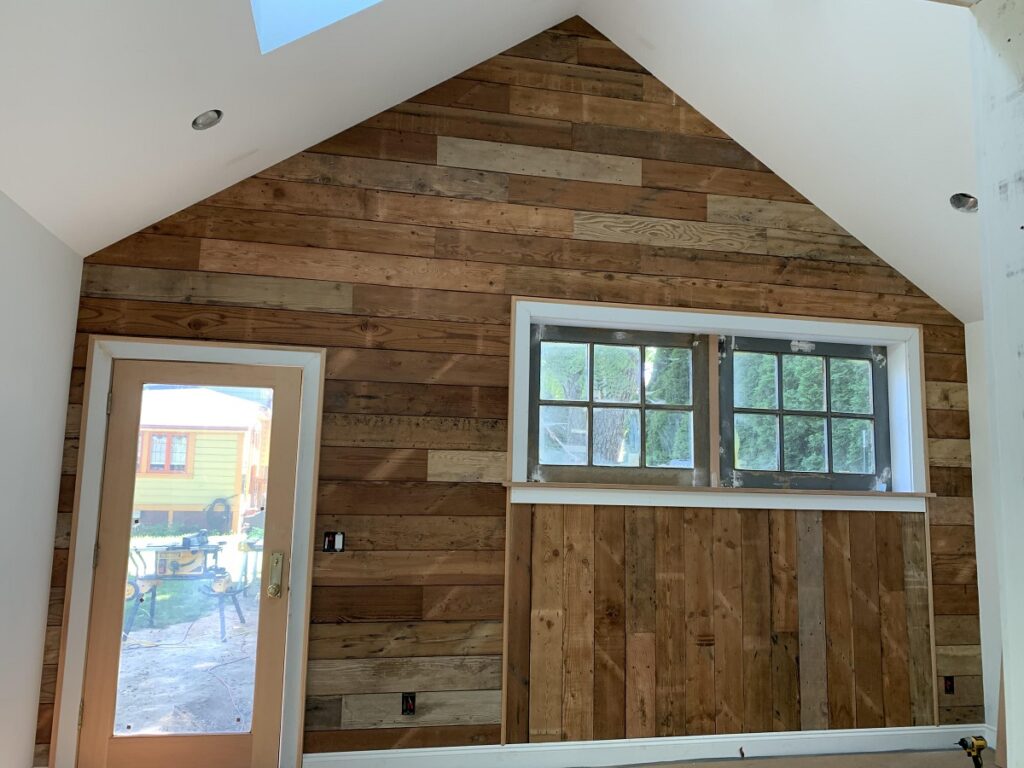
Using reclaimed barnwood planks for an accent wall adds an authentic, countryside charm that instantly warms any room. The naturally distressed texture and varied hues of the wood create depth and visual interest, making a statement without overwhelming the space. Perfect behind a bed, sofa, or dining area, the uneven edges and nail holes are celebrated, not hidden, enhancing the wall’s history. Paired with neutral furnishings, this rustic design becomes a cozy focal point that invites relaxation and complements farmhouse or industrial interiors perfectly.
2. Chevron Pattern Reclaimed Wall
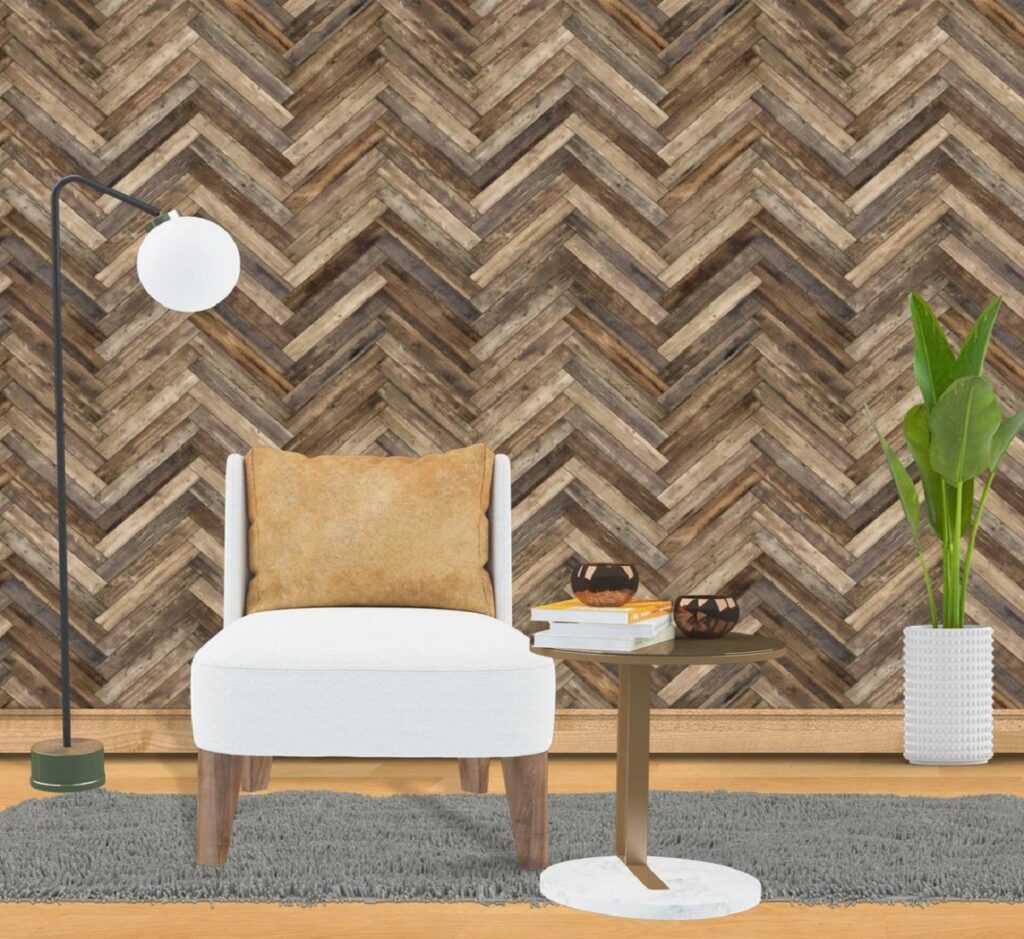
Chevron patterns bring energy and movement to a space, and using reclaimed wood makes the effect even more dynamic. The alternating angled planks, cut from salvaged timber, create a zigzag rhythm that draws the eye across the wall. This design works beautifully in living rooms, hallways, or entryways, turning a plain wall into a piece of art. The natural tones of the wood highlight the pattern’s geometry, while the imperfections in the wood add warmth. Chevron reclaimed walls balance modern style with rustic authenticity for a striking, one-of-a-kind feature.
3. Horizontal Plank Living Wall
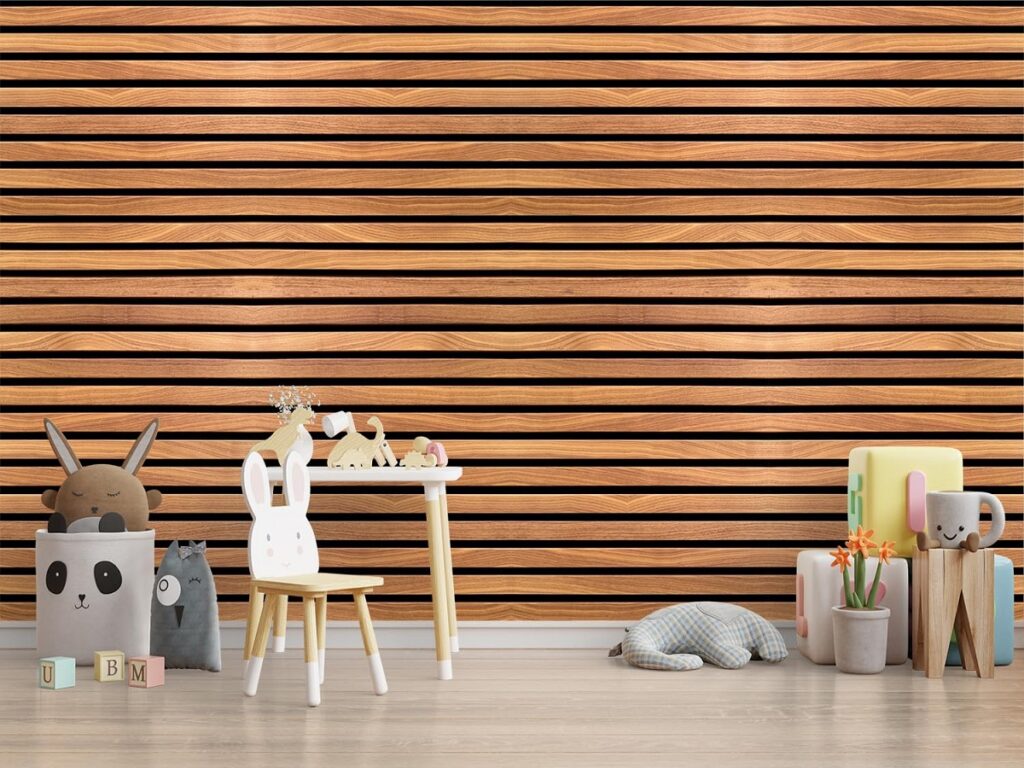
A simple horizontal plank layout emphasizes the natural lines of reclaimed wood while offering a clean, streamlined look. Using wood with varying tones enhances visual interest without being too busy, and the horizontal direction can make a room feel wider and more spacious. This design suits both contemporary and traditional spaces, allowing furniture and artwork to stand out against its textured backdrop. Finishing with a matte seal preserves the wood’s authentic patina while protecting it. The understated beauty of horizontal planks ensures a timeless wall that won’t go out of style.
4. Vertical Reclaimed Wood Panels
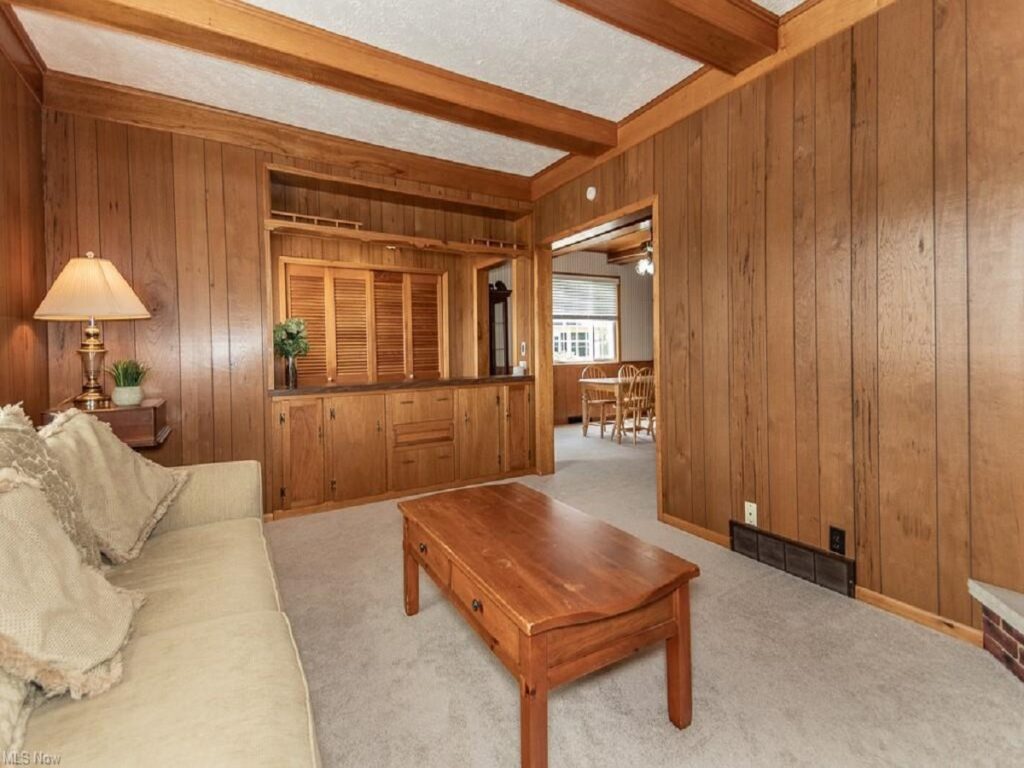
Vertical reclaimed wood panels draw the eye upward, adding height and elegance to a room. Salvaged wood with natural knots, streaks, and color variations creates a textured surface that feels artisanal and carefully curated. This style works well in entryways, bedrooms, and accent walls behind shelving or cabinets. Combining reclaimed wood with soft lighting highlights the wood’s depth and natural warmth. Vertical panels can be installed uniformly for a sleek, modern look or mixed for a more rustic effect, making this design versatile while celebrating the charm of repurposed materials.
5. Mixed-Tone Patchwork Wall
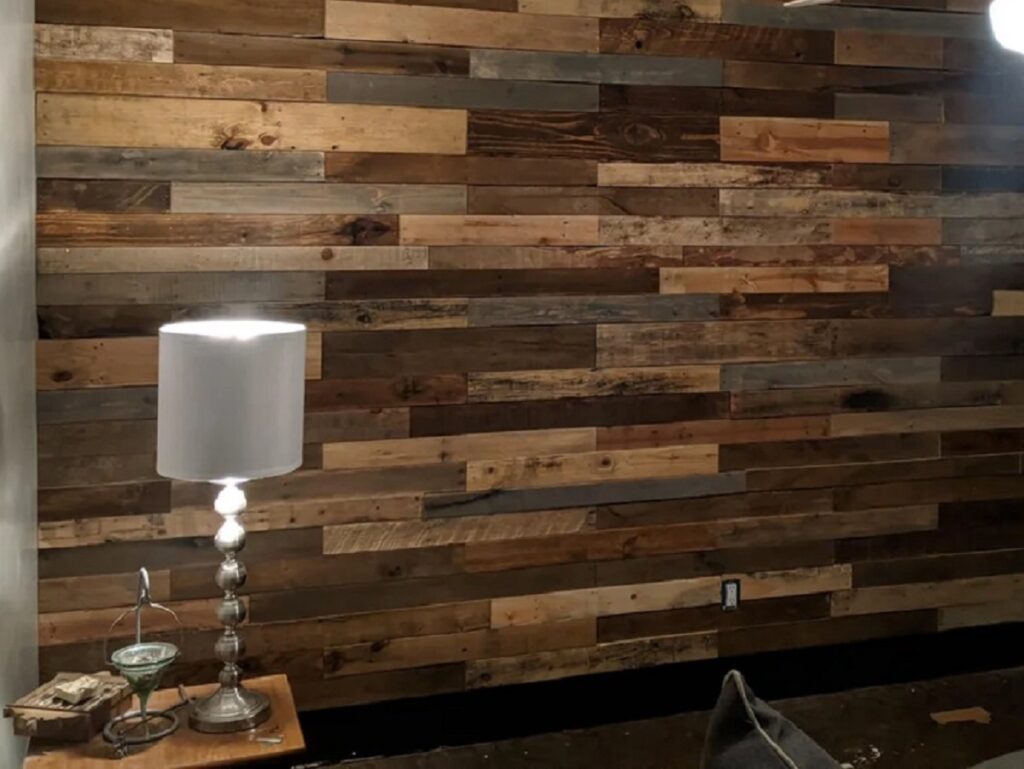
Patchwork reclaimed wood walls celebrate variety, using planks of differing colors, sizes, and textures to create an artistic, layered effect. Each plank tells its own story, and when combined, they form a cohesive yet eclectic visual tapestry. This design works well as a feature wall in living rooms, kitchens, or creative studios. The irregularity of the wood is the highlight, turning imperfections into design strengths. Sealing the wall protects the wood while maintaining its natural character. A mixed-tone patchwork wall offers both warmth and creativity, perfect for homeowners who value individuality.
6. Reclaimed Wood Slat Wall with Lighting
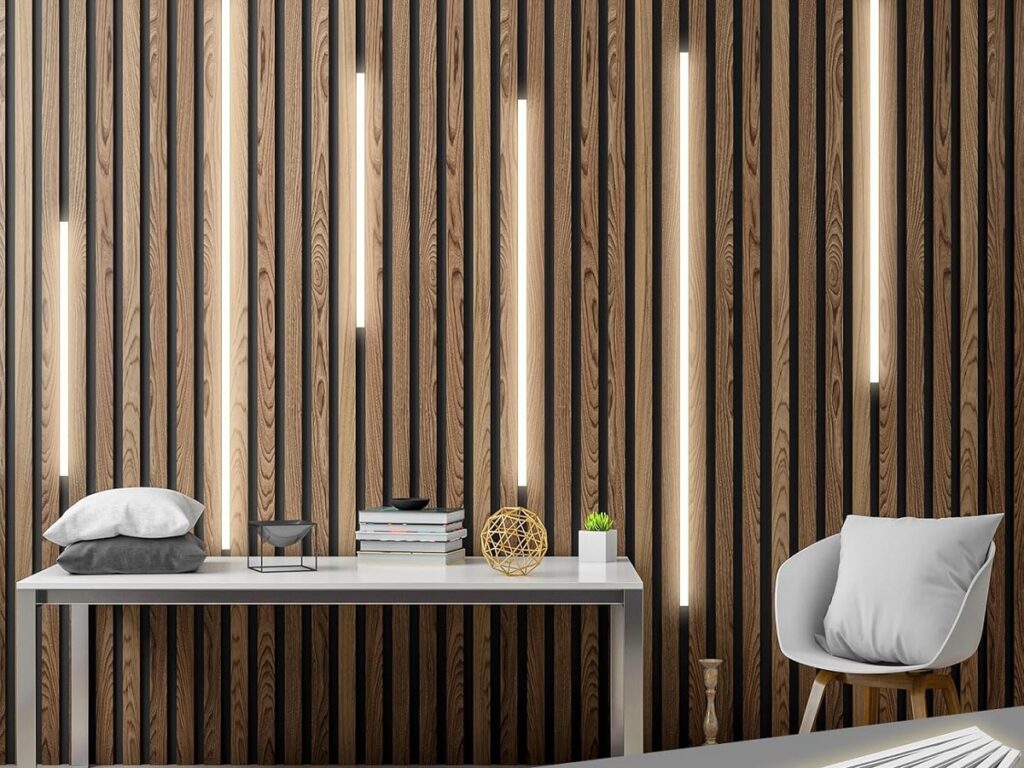
Adding subtle backlighting or integrated LED strips behind reclaimed wood slats elevates a wall into a dramatic visual feature. Thin, evenly spaced planks of salvaged timber allow light to peek through, casting patterns and emphasizing the wood’s textures. This design is ideal for media rooms, bedrooms, or modern living areas where ambiance is key. Combining old wood with contemporary lighting creates a striking contrast that feels both cozy and sophisticated. It’s a design that merges sustainability with modern aesthetics, making your reclaimed wood wall a true centerpiece of the room.
7. Diagonal Plank Statement Wall
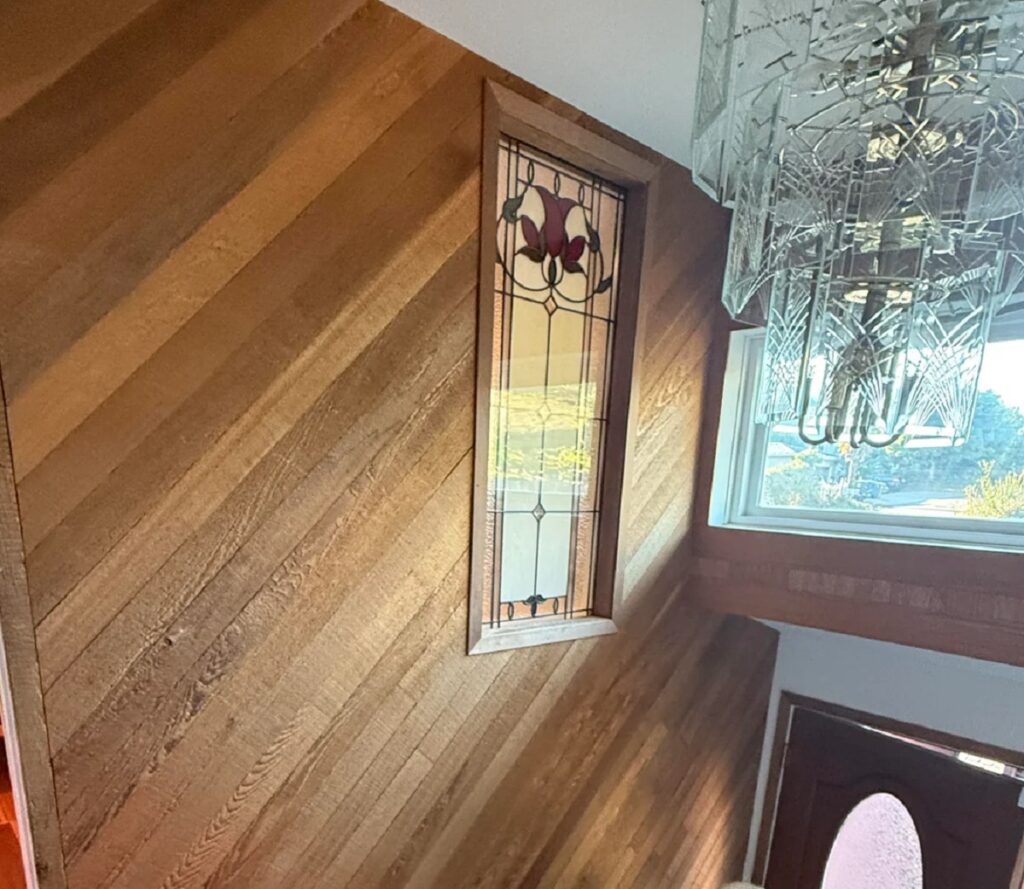
Diagonal plank walls offer a bold twist on traditional layouts, turning a simple surface into a dynamic feature. Using reclaimed wood enhances the effect with natural variations in tone and texture, giving the pattern depth and authenticity. This approach works particularly well in spaces that need a focal point, such as behind a fireplace, bed, or sofa. Installation requires precise cuts and careful alignment, but the result is a visually captivating design. The diagonal lines guide the eye and create a sense of motion, making a reclaimed wood wall feel modern, energetic, and handcrafted.
8. Reclaimed Wood with Contrasting Inlays
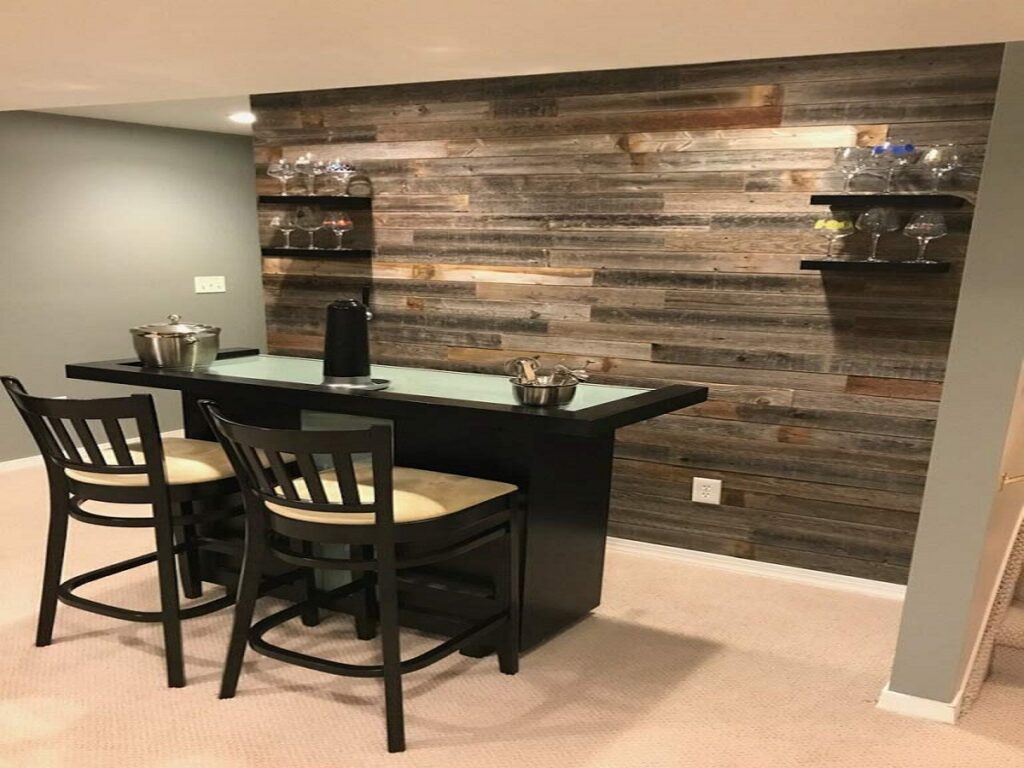
Incorporating contrasting inlays of lighter or darker wood into a reclaimed wall adds subtle sophistication and dimension. This technique allows homeowners to highlight geometric shapes, borders, or focal areas without overwhelming the space. Using salvaged wood keeps the look organic and textured, ensuring each inlay interacts beautifully with the wall’s imperfections. Ideal for dining rooms, offices, or creative studios, the design adds an artistic, tailored feel. Proper finishing enhances durability and color contrast while preserving the reclaimed wood’s character, making the wall both functional and visually striking.
9. Whitewashed Reclaimed Wood Wall
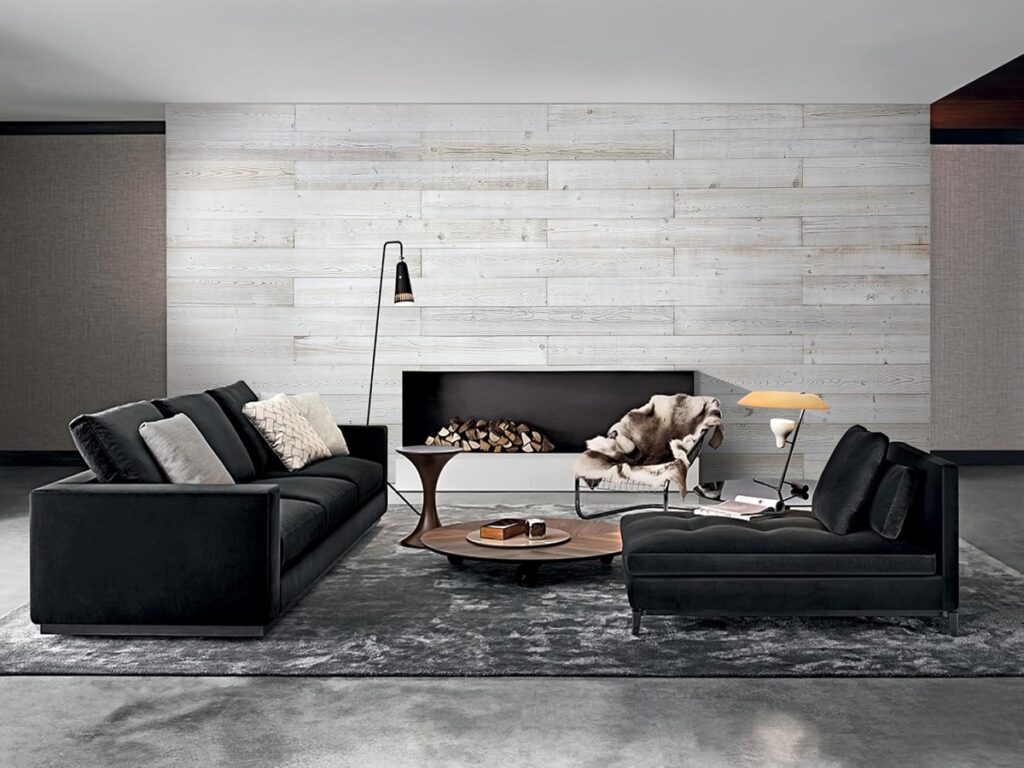
Whitewashing reclaimed wood softens its rustic appearance, creating a light, airy ambiance while preserving the wood’s natural texture. The technique allows the grain and knots to show through, blending a weathered charm with a fresh, contemporary look. This style works well in coastal, Scandinavian, or modern farmhouse interiors, making rooms feel bright and spacious. Whitewashed walls pair beautifully with natural fabrics, metal accents, and greenery. It’s a versatile design that balances elegance and warmth, demonstrating how reclaimed wood can complement a wide range of décor styles without losing its original character.
10. Geometric Pattern Reclaimed Feature Wall
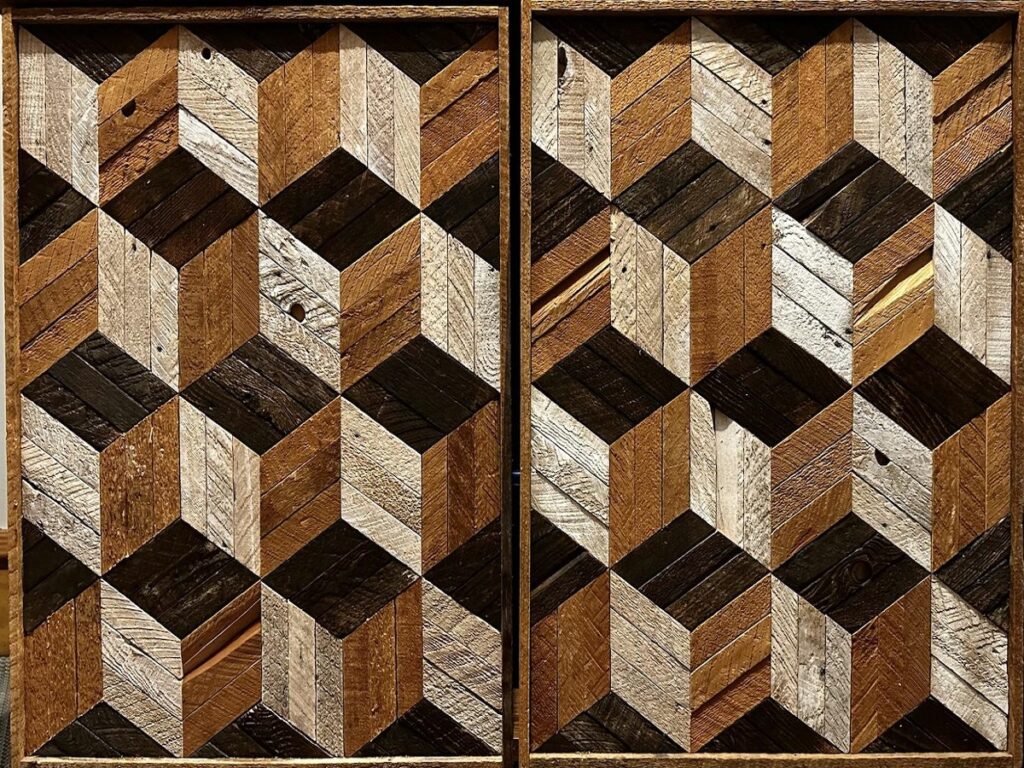
Using reclaimed wood to form geometric patterns like triangles, hexagons, or diamonds creates a bold, modern aesthetic with organic warmth. Each plank’s color and texture are chosen to enhance the overall design, resulting in a visually compelling surface. This style suits living rooms, hallways, or commercial spaces where a statement wall is desired. Though installation is intricate, the effect is striking and artistic. Geometric reclaimed walls combine craftsmanship and creativity, turning salvaged materials into contemporary décor that feels both sophisticated and inviting, proving that sustainability and style can coexist beautifully.
Comments